When you think of venomous creatures, snakes, scorpions, and spiders probably come to mind. But nature is full of surprises, and some of the most unexpected animals pack a venomous punch. From innocent-looking sea dwellers to quirky land creatures, these lesser-known venomous animals prove that danger often comes in surprising forms.
1. Platypus
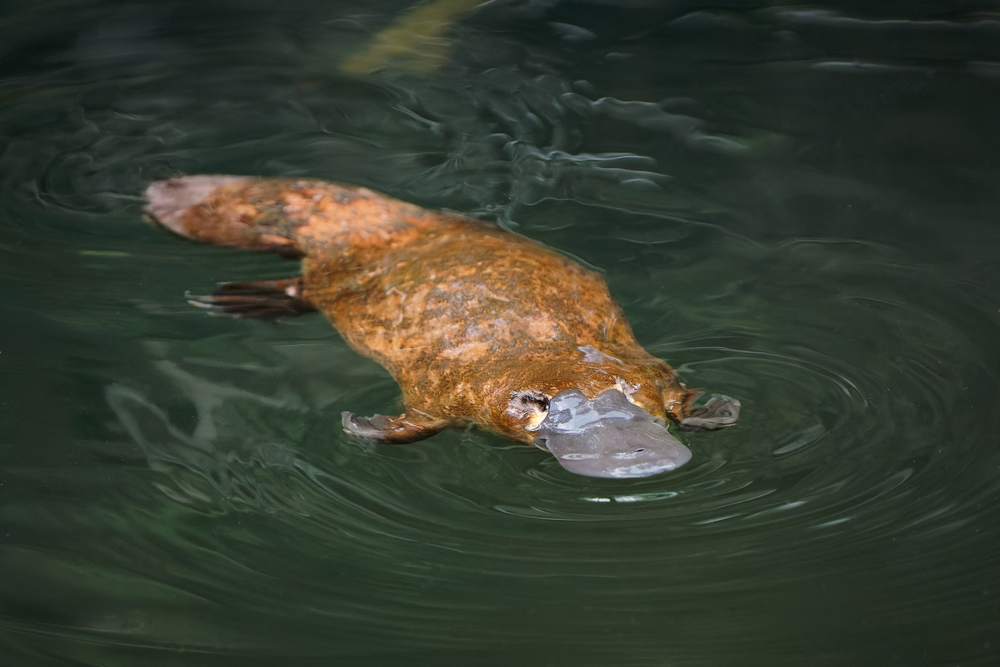
Yes, that adorably awkward duck-billed platypus is venomous. Male platypuses have spurs on their hind legs that deliver venom capable of causing excruciating pain to humans. Found in Australia, this venom isn’t deadly but can leave victims incapacitated for days. The fact that such an unassuming animal has such a potent defense mechanism adds to the platypus’s already bizarre reputation.
2. Slow Loris
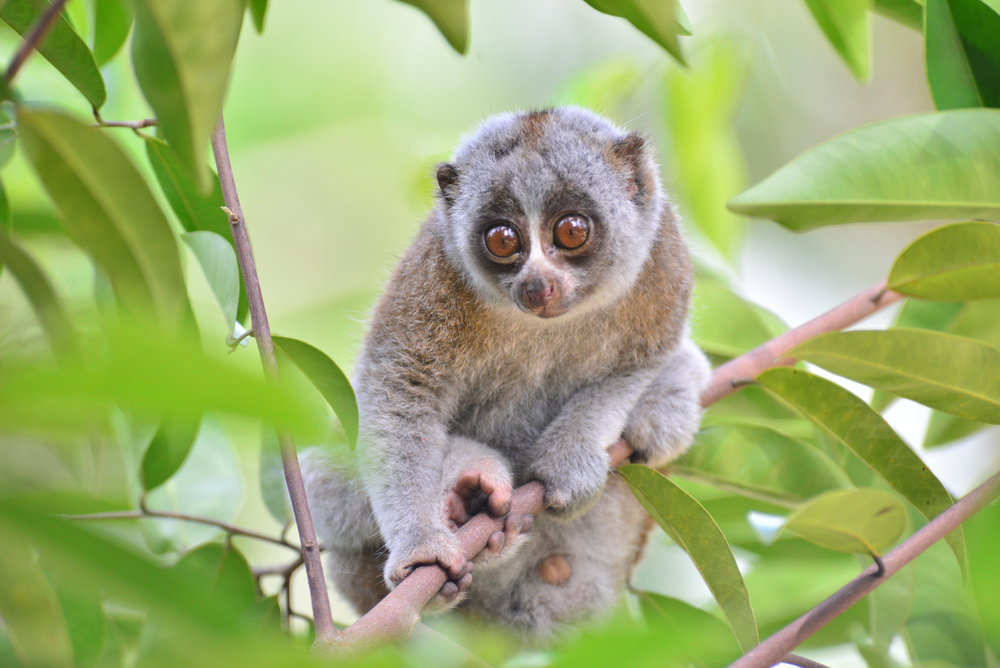
With its big, soulful eyes, the slow loris looks more like a plush toy than a venomous predator. But don’t be fooled—this small primate, found in Southeast Asia, produces venom from glands near its elbows. When threatened, it mixes the venom with saliva and delivers a toxic bite. While rare, slow loris bites can cause severe allergic reactions, making this adorable creature surprisingly dangerous.
3. Cone Snail
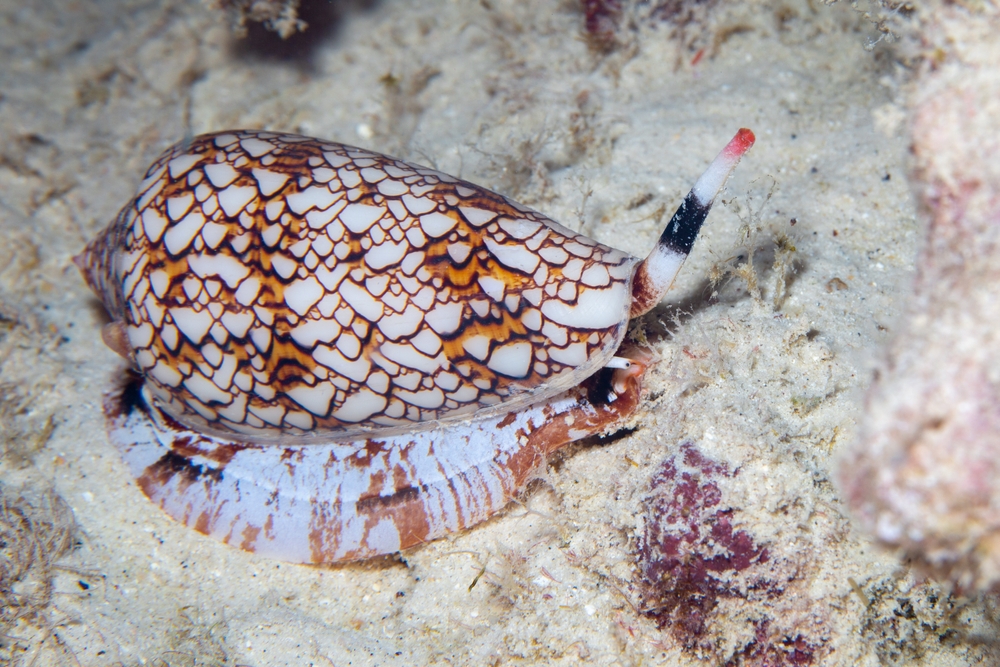
Cone snails are as stunning as they are deadly, with intricately patterned shells that look like works of art. Found in tropical waters, these snails use a venomous harpoon-like tooth to immobilize prey. Their venom, known as conotoxin, is powerful enough to kill humans and has no known antidote. Handling one can be a fatal mistake, proving that beauty often hides danger in the animal kingdom.
4. Komodo Dragon
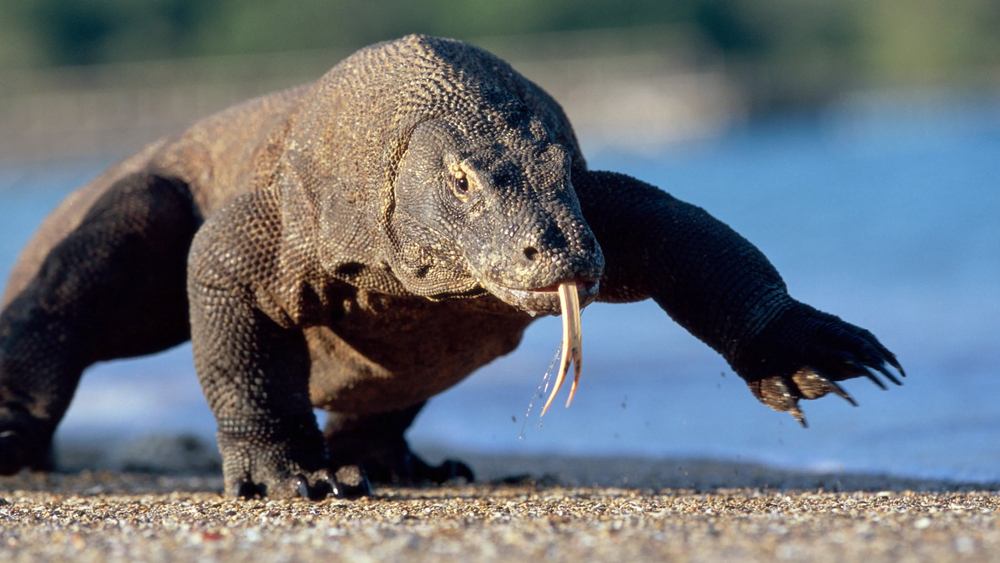
The world’s largest lizard, the Komodo dragon, has long been associated with bacterial infections from its bite. However, recent research reveals it also has venom glands that produce toxins causing blood thinning and shock. Native to Indonesia, these giant reptiles can take down large prey with a single bite, combining brute strength with a venomous edge that cements their fearsome reputation.
5. Blue Dragon (Glaucus Atlanticus)
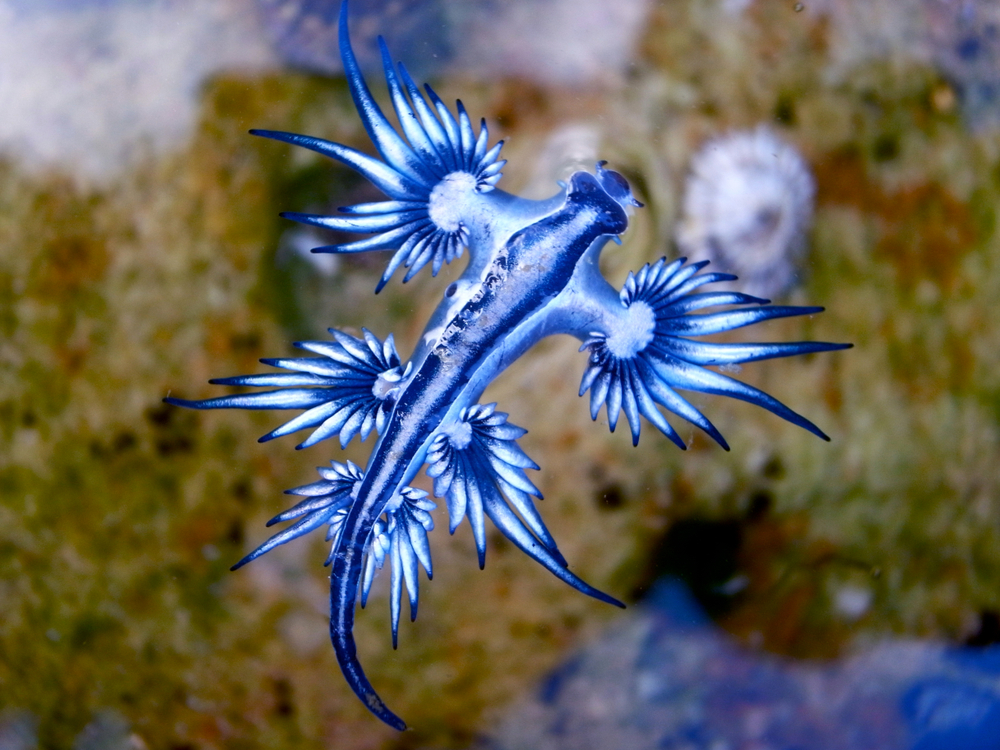
This tiny, iridescent sea slug looks like a creature from a fantasy novel, but it’s a venomous predator. Known as the blue dragon, it feeds on toxic jellyfish like the Portuguese man o’ war and stores their venom in its own tissues. If touched, it can deliver a painful sting, making it as dangerous as it is mesmerizing. Found in warm oceans, this creature is a stunning yet risky encounter.
6. Shrew
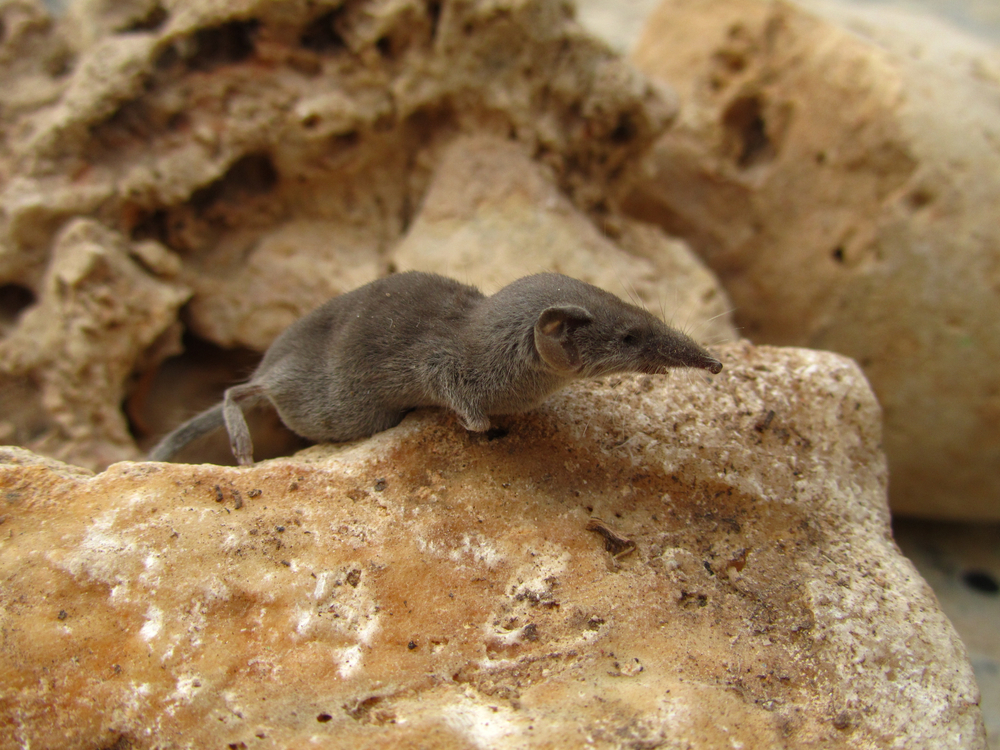
Shrews might look like ordinary rodents, but they’re among the few mammals with venomous bites. Their venom, produced in their salivary glands, paralyzes prey and aids in digestion. While not harmful to humans, their bite can cause irritation. Found worldwide, shrews are a reminder that even the smallest animals can have surprising defenses.
7. Gila Monster
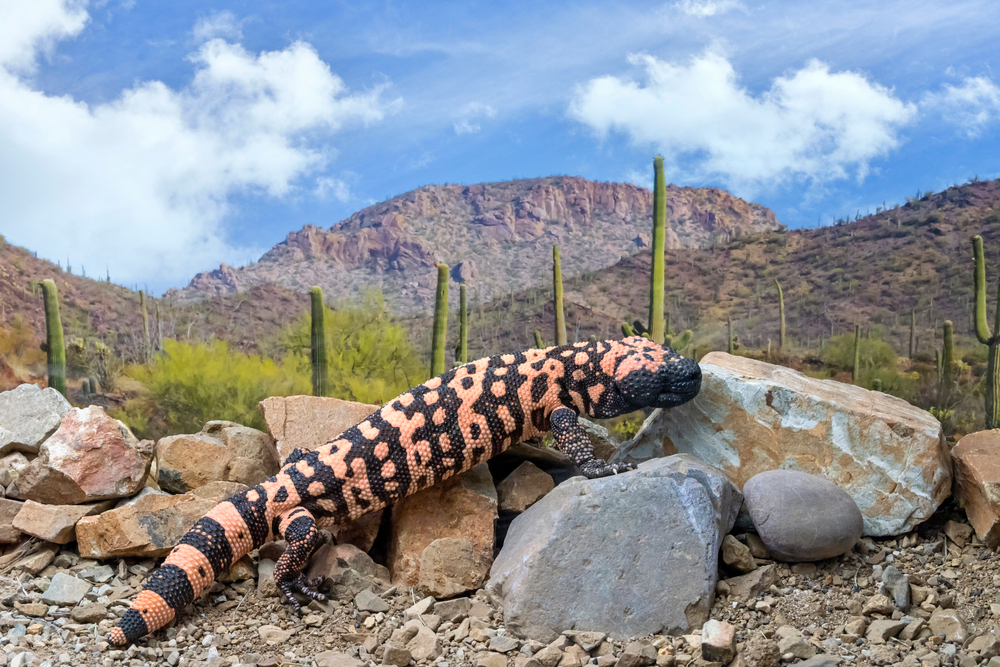
This brightly colored lizard, native to the southwestern United States and northern Mexico, is one of the few venomous lizards in the world. Its venom, delivered through grooves in its teeth, isn’t typically fatal to humans but causes intense pain, swelling, and nausea. With its striking patterns and slow movements, the Gila monster is a vivid example of how the desert’s beauty can pack a dangerous bite.
8. Hooded Pitohui
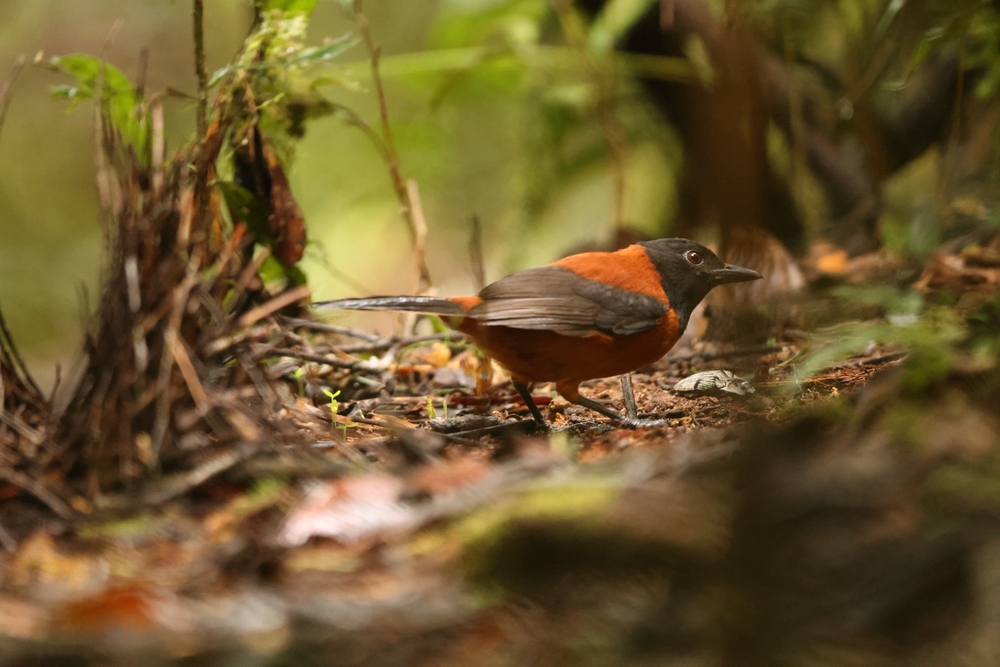
This brightly feathered bird from Papua New Guinea is one of the few known venomous birds. Its feathers and skin contain batrachotoxins, the same deadly compound found in poison dart frogs. While the venom isn’t delivered through a bite or sting, handling or consuming the bird can cause numbness, tingling, or even paralysis. Its vibrant plumage serves as a warning: this bird is beautiful but not to be trifled with.
9. Sea Urchin (Flower Urchin)
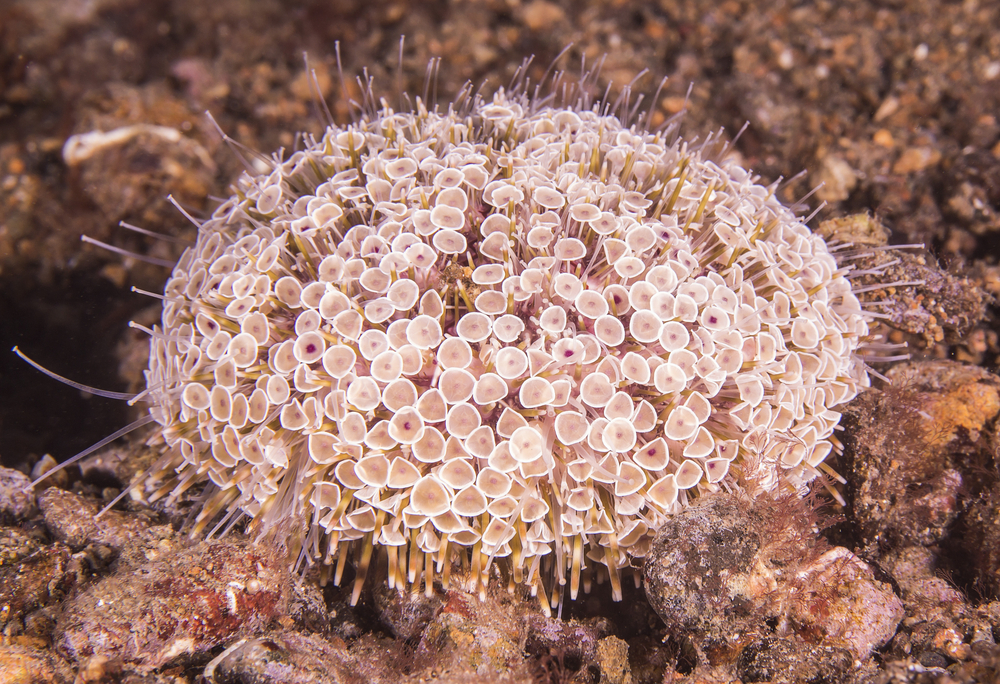
Sea urchins are often admired for their spiny, otherworldly appearance, but the flower urchin takes things a step further with its venomous spines. Found in tropical waters, this urchin’s toxins can cause severe pain, muscle paralysis, and even respiratory issues. Its delicate, floral-like appearance belies its dangerous nature, proving that even the ocean’s most unassuming creatures can pack a punch.
10. Velvet Ant
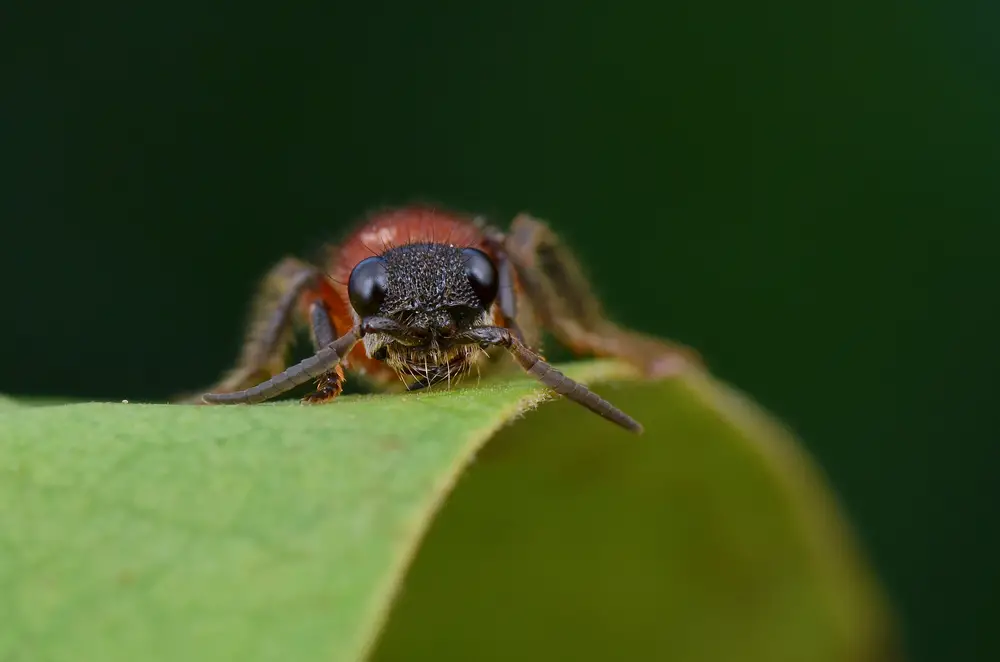
Also known as the “cow killer,” the velvet ant is actually a type of wasp, not an ant. Its name comes from the excruciating pain of its sting, which is said to feel like being kicked by a cow. Found in North America, these vividly colored insects are known for their striking red and black patterns. Their venomous sting serves as a powerful defense, warning predators to steer clear.
11. Bearded Fireworm
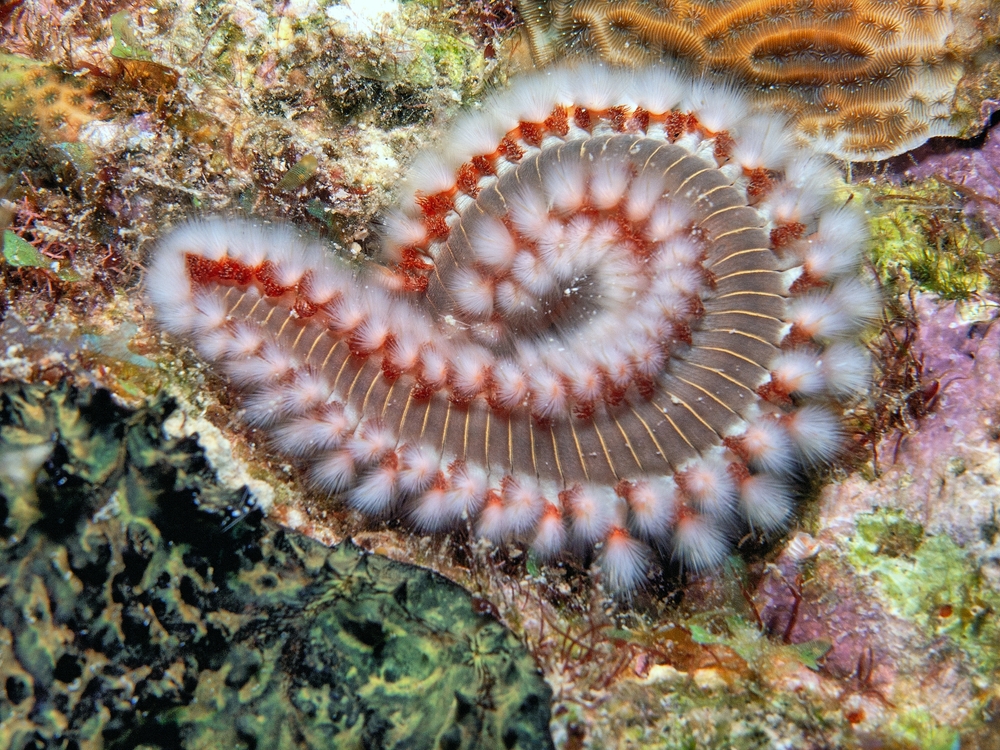
With its fiery red and orange bristles, the bearded fireworm is as eye-catching as it is dangerous. Found in tropical waters, this marine worm’s bristles contain venom that causes intense burning and irritation when touched. While not life-threatening, the sting is enough to make divers think twice about approaching this beautiful yet hazardous creature.
12. Box Jellyfish
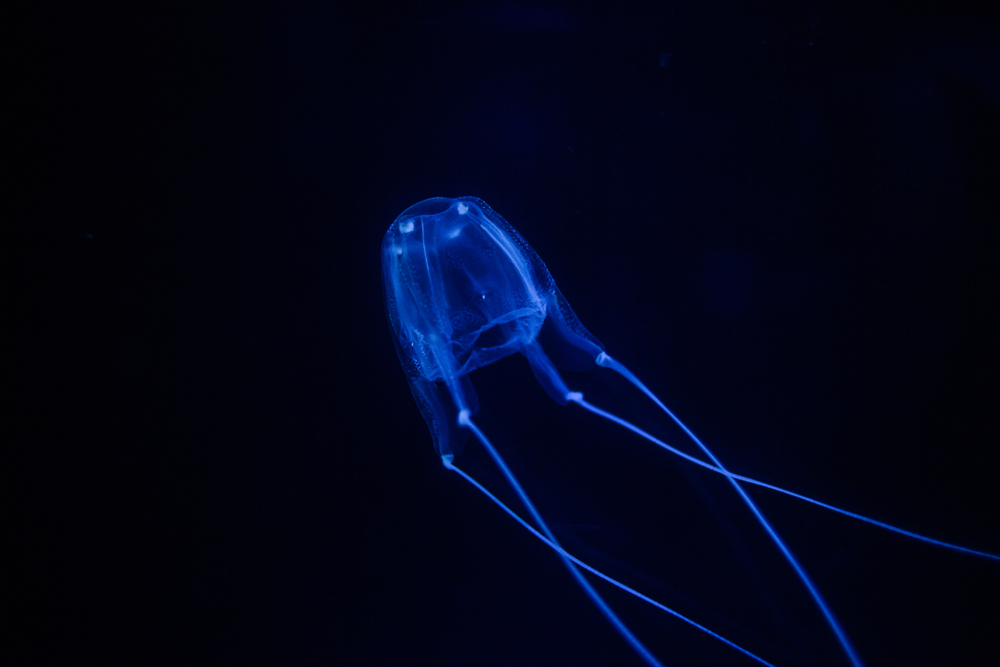
The box jellyfish is infamous for its nearly invisible, tentacle-laden body, but what’s lesser-known is how deadly its venom is. Found in tropical waters, its venom attacks the heart, nervous system, and skin cells, often causing fatal stings. Despite its simple appearance, this jellyfish’s elegance hides one of the most potent venoms in the animal kingdom, making it a silent predator of the seas.
13. Mexican Beaded Lizard
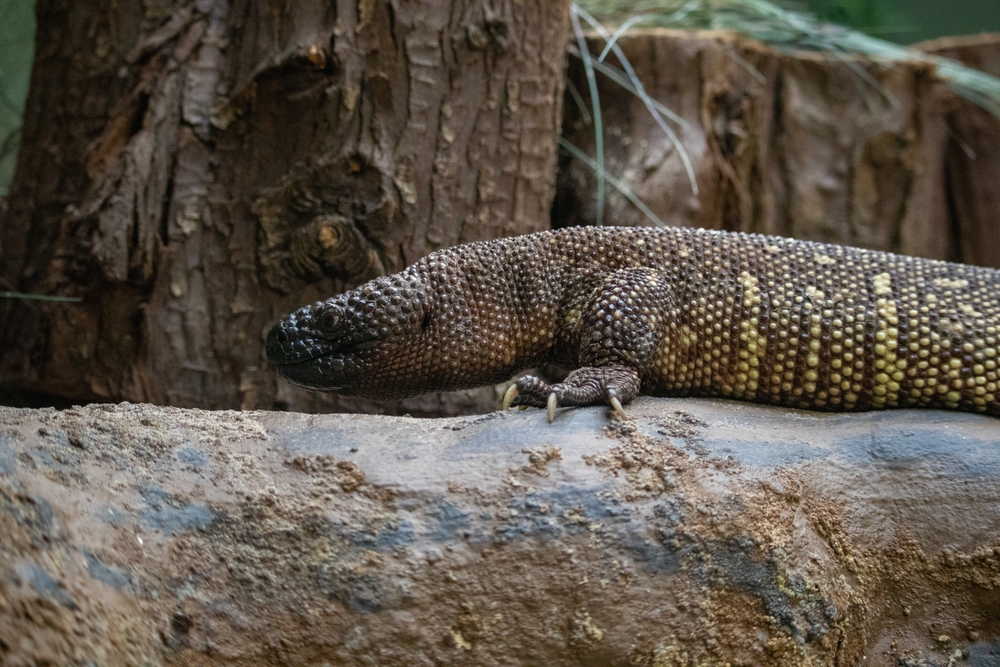
A close relative of the Gila monster, the Mexican beaded lizard is another venomous reptile with a striking appearance. Its black-and-yellow bead-like scales make it look almost ornamental, but its venomous bite is anything but decorative. Found in Mexico and parts of Central America, its bite causes severe pain and swelling. This rare lizard reminds us that beauty and danger often go hand in hand in nature.
